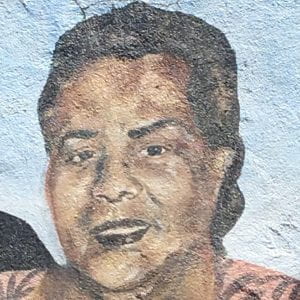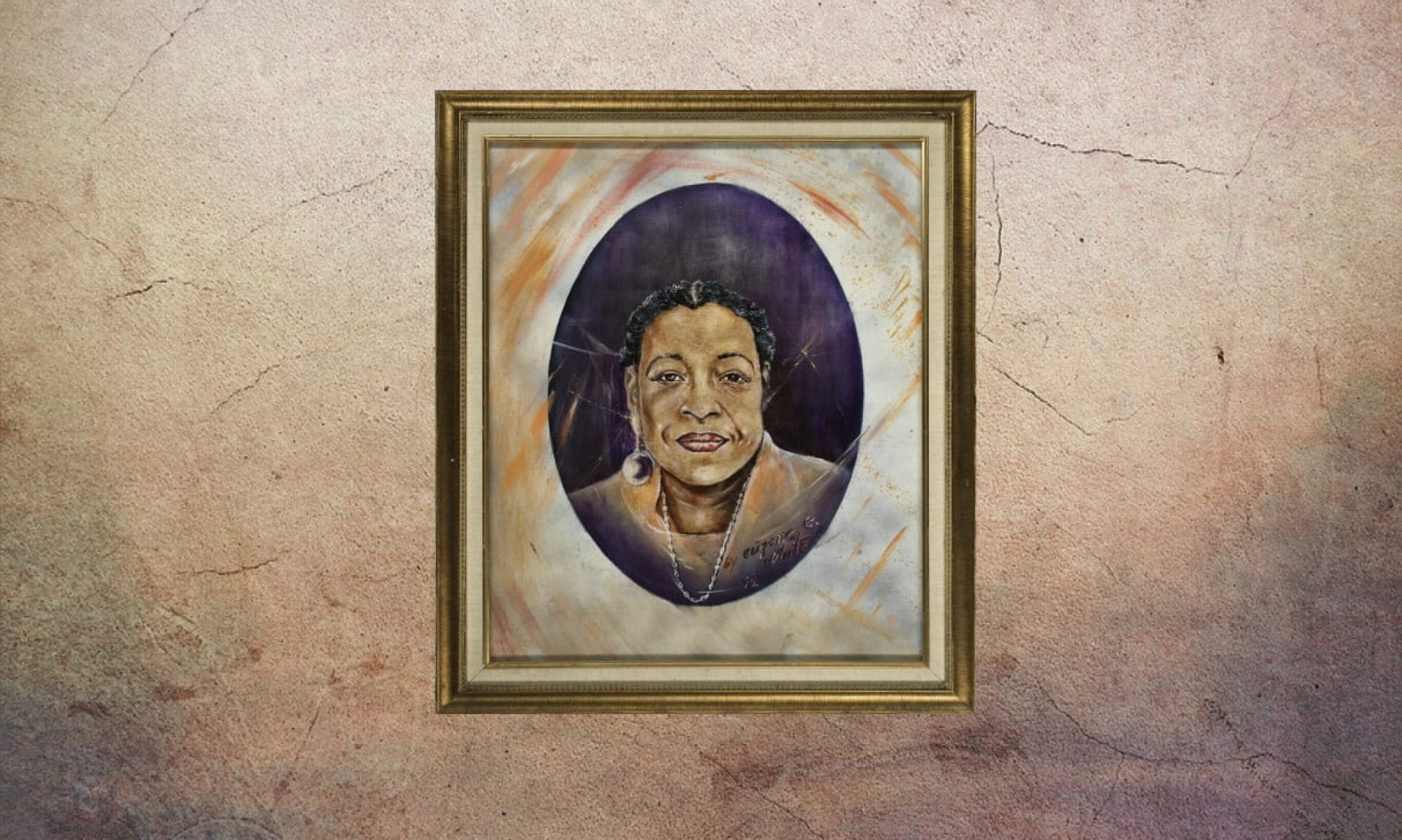
Born on January 14, 1943, Lulann Sapp McGriff would become known as one of the most prominent civil rights leaders in San Francisco, as well as a defender of educational rights and equality. Despite being from Los Angeles, McGriff grew up in the Ingleside neighborhood of San Francisco which allowed her to fully understand the issues of her community. Because of her background, McGriff developed a passion for educational equality, motivating her to earn a master’s degree in social work from San Francisco State University. She later found herself working as a counselor and then as the counseling department chair for the City College of San Francisco. Throughout her life, McGriff had been exposed to inequality, which allowed her to perceive injustice as a tool to create change. Her experience helped her become a prominent civil rights activist and educator, serving four terms as the president of the NAACP of San Francisco (NAACP).
McGriff ’s introduction to civil rights primarily centered around her family. Her grandmother and parent’s influence stuck with her throughout her adulthood. She recalls, “My grandmother would drag me around everywhere she went. She was very active in the churches, and she was very active in the African American lodges . . . My mother was one of the first African American women toll takers on the Bay Bridge. My dad worked his way up from warehouseman to become a salesman for air filters. He was always very direct with us about who we were, and standing up for what you believe in” (Asimov).
McGriff also served on the Mayor’s Office of Children, Youth, and their Families Planning Committee, the Allocations Committee, and as president of the San Francisco Economic Opportunity Council Board (Dougan). These positions provided her a platform to address the needs of her community. She and her colleagues at the Community College of San Francisco (CCSF) worked to create a series of African American retention programs, which were implemented across the San Francisco Unified School District, including a mentoring program at Edison Elementary School. McGriff demonstrated the power of her influence by advocating for desegregated public schools on the west coast.
Lulann McGriff has served as a prominent civil rights and educational rights leader in San Francisco. She served four terms as president of the NAACP.
Lulann McGriff grew up when the civil rights movement was in full swing, a time when skin color determined how successful someone could be. As a result, McGriff saw an opportunity to create change and stop the cycle of segregation within her community. She was motivated to participate in the local chapter of the NAACP, where she would become the only president to serve four consecutive two-year terms. The NAACP worked to ensure political, educational, social, and economic equality for all persons by holding acts of injustice and inequality accountable (NAACP). McGriff ’s success demonstrated that she was a strong civil rights advocate and she played a key role in monitoring an integration consent decree that was signed by the San Francisco Unified School District in 1983.
McGriff ’s legacy continues to be seen and implemented throughout the district through a system known as “consent decree,” which disperses students among different schools based on a child’s ethnicity, a school’s ethnic balance, where the siblings go to school, and even the family ZIP code. She implemented this program as a response to segregation occurring within city schools. Lulann McGriff explained, “Well, African Americans were in substandard schools. They were segregated because they couldn’t get into a lot of the other schools. They were sent the worst teachers—particularly at Bayview–Hunters Point. And that was the unfairness” (Asimov). By noting the inequality in her community, McGriff was able to work locally to create change and leave an impactful legacy on the San Francisco community.
What set Lulann McGriff apart from others was her ability to take action against unfair and unequal systems in place within schools. For her extraordinary work, care, and resilience Lulann McGriff has earned a place on the Ella Hill Hutch Community Center Inspirations mural.
— Mary Cruz, Annelise Suleiman, and Rachael Sandoval
Works Cited
Asimov, Nanette. “Next Guardian at The School Gate.” SF Chronicle. 3 Nov 1996, Sunday ed.: 3/Z1.
“Clarence Gatson/Gado Pictures.” Getty Images. 8 Dec 2015.
Gledhill, Lynda. “Lulann McGriff , Fought To Equalize S.F. Schools.” SFGate. 15 Aug 1998.
NAACP. 20 Sep 2015.
Schmidt, Peter. “Blacks’ Assignment To Bilingual Classes In S.F. Is Criticized.” Education Week. 12 Jun 1991.
